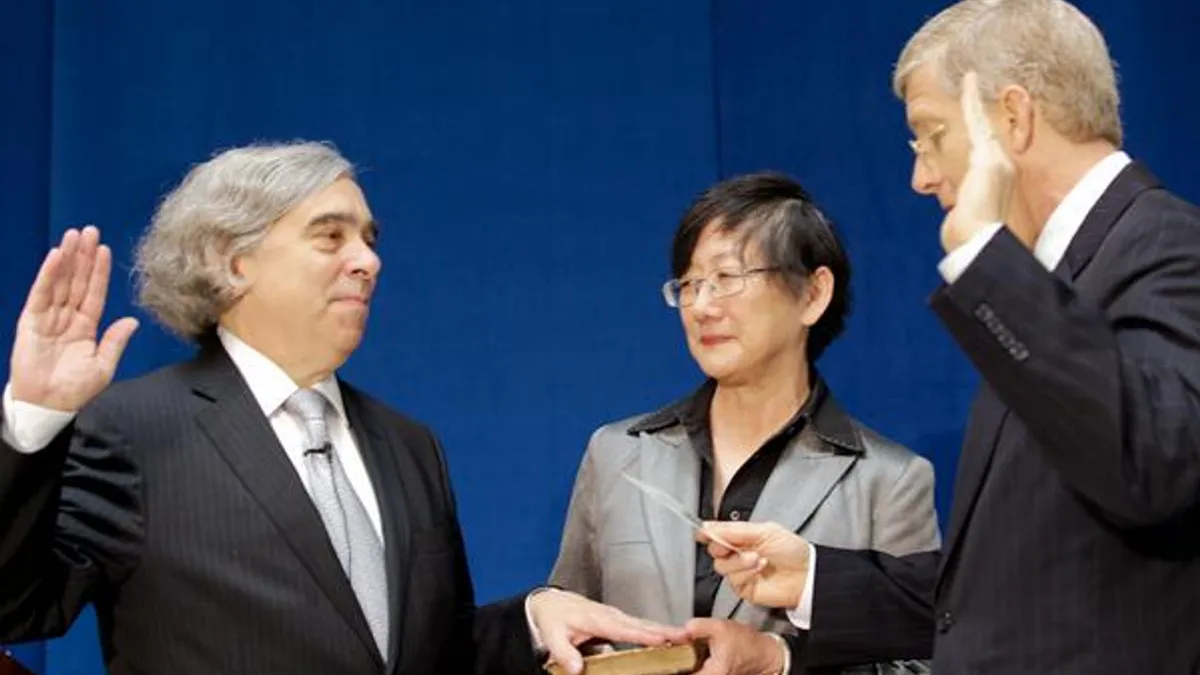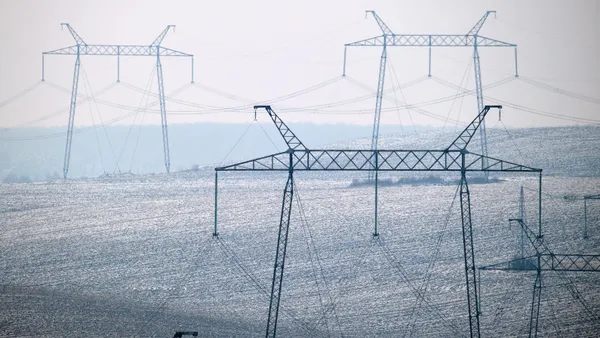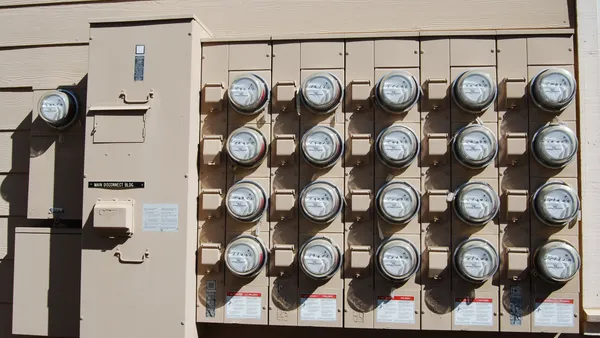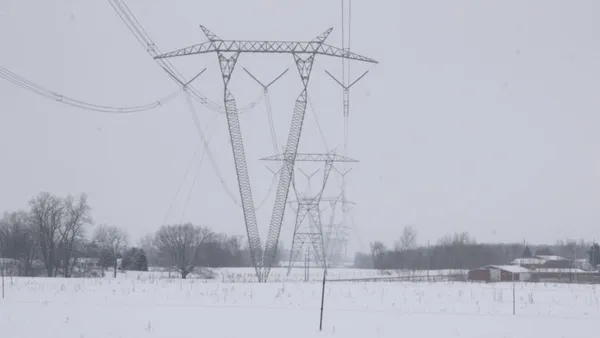"The future is not always 10 years away,” Energy Secretary Earnest Moniz warned the energy industry on Monday.
In his first major policy address, Moniz touched upon President Obama’s Climate Action Plan at Columbia University’s Center on Global Energy, noting that there are many catalytic forces—including extreme weather events, distributed generation, electric vehicles and pollution—that will drive industry-wide changes and force the big players to bring about a smarter grid.
Moniz warned "energy incumbents" to embrace—not resist—the change.
COAL IS ON ITS WAY OUT
Obama’s climate plan is not a "war" on coal and oil, Moniz stressed at the beginning of the speech. Coal will continue to be a significant energy source—so much so that the DOE plans to invest $6 billion in the development of carbon capture and carbon sequestration technologies. The process of mitigating carbon is a process, Moniz said. It isn’t going anywhere overnight. Rather, many years of carbon reduction through regulations and new technologies will precede carbon elimination.
Further, the DOE will issue up to $34.4 billion in new loan guarantees for more than 30 projects to develop clean energy technologies that cut, sequester or prevent greenhouse gas pollution. “We are committed to the low carbon world,” Moniz said, but not all at once.
EFFICIENCY WILL BE A PRIORITY
Another major point in Moniz’s speech was the value of energy efficiency, which he called long overdue. Recognizing that small efficiency programs can yield major results, Moniz said the department will finalize new efficiency standards for commercial appliances such as walk-in refrigerators, microwaves and lighting by 2014.
NUCLEAR FUTURE MUST BE COST EFFECTIVE
Moniz issued a warning for utilities developing new nuclear plants in Georgia and South Carolina. While the DOE has given $8 billion in loan guarantees to help develop these plants, project cost overruns will “seriously cloud the future of nuclear,” he said. Alternatively, small, modular nuclear reactors are poised to fill the gap that big-bucks nuclear is destined to leave in a low-carbon world. Moniz touted the safety and cost-effectiveness of the modular reactors.
INVESTMENT NEEDED FOR A SMARTER GRID
At the center of this action is Moniz’s belief in the smart grid and its ability to prevent problems before they occur. Earlier on Monday, Moniz announced the federal government will help develop a microgrid that would keep the New Jersey Transit system running despite power outages during extreme weather. Moniz sees the Northeast’s experience with Sandy as an advantage—and a necessity—for testing these new technologies.
Would you like to see more utility and energy news like this in your inbox on a daily basis? Subscribe to our Utility Dive email newsletter! You may also want to read Utility Dive's interview with Brad Davids, vice president of utility solutions at EnerNOC.













